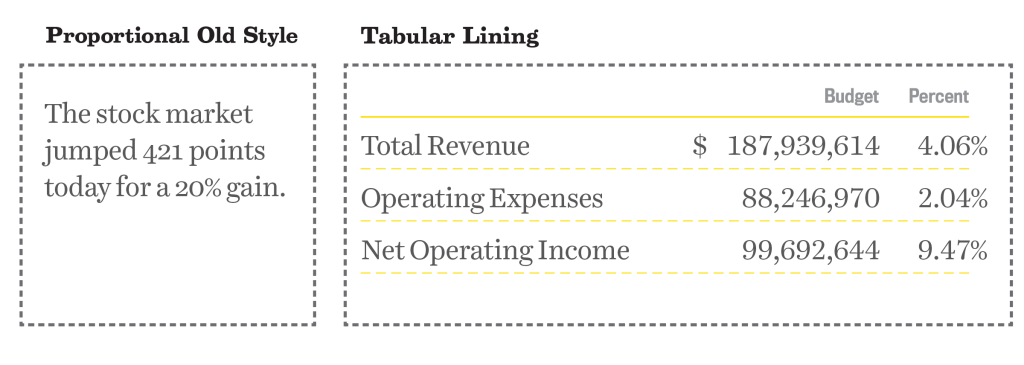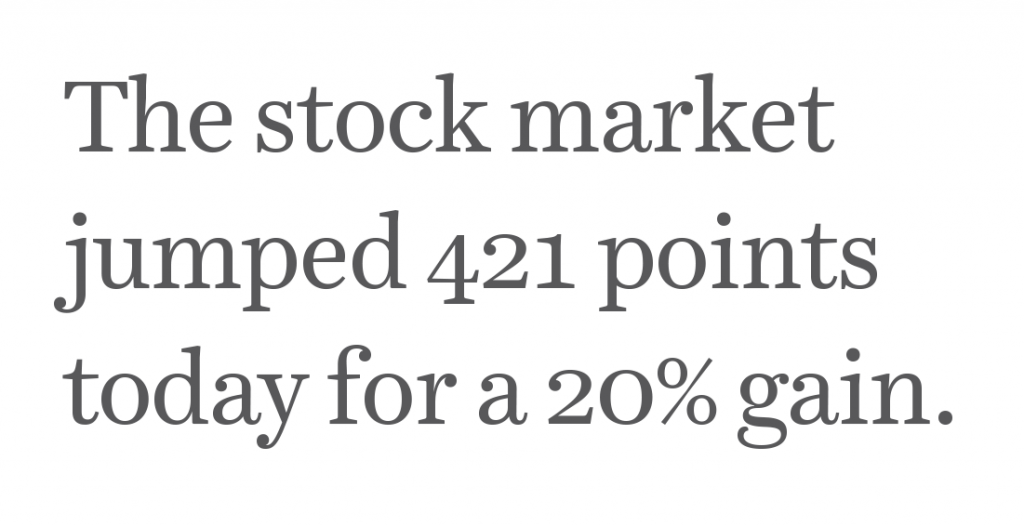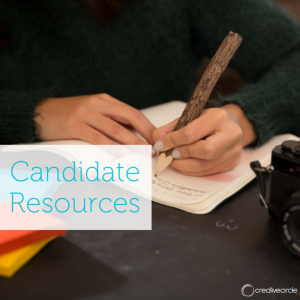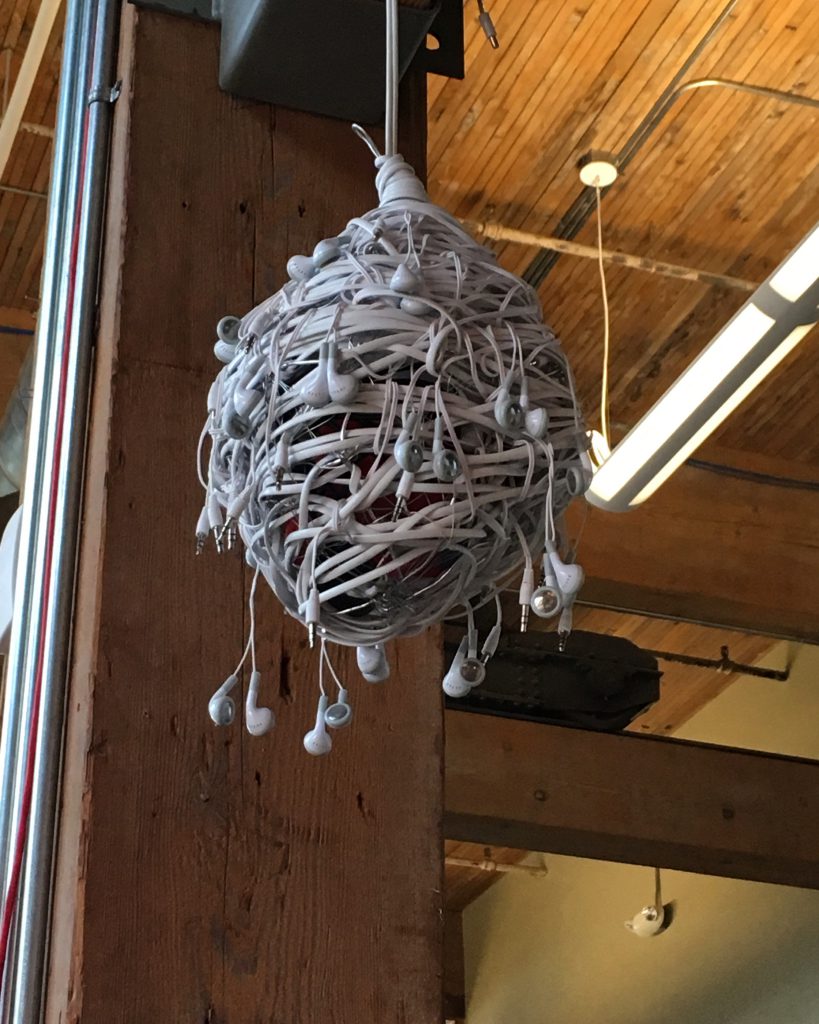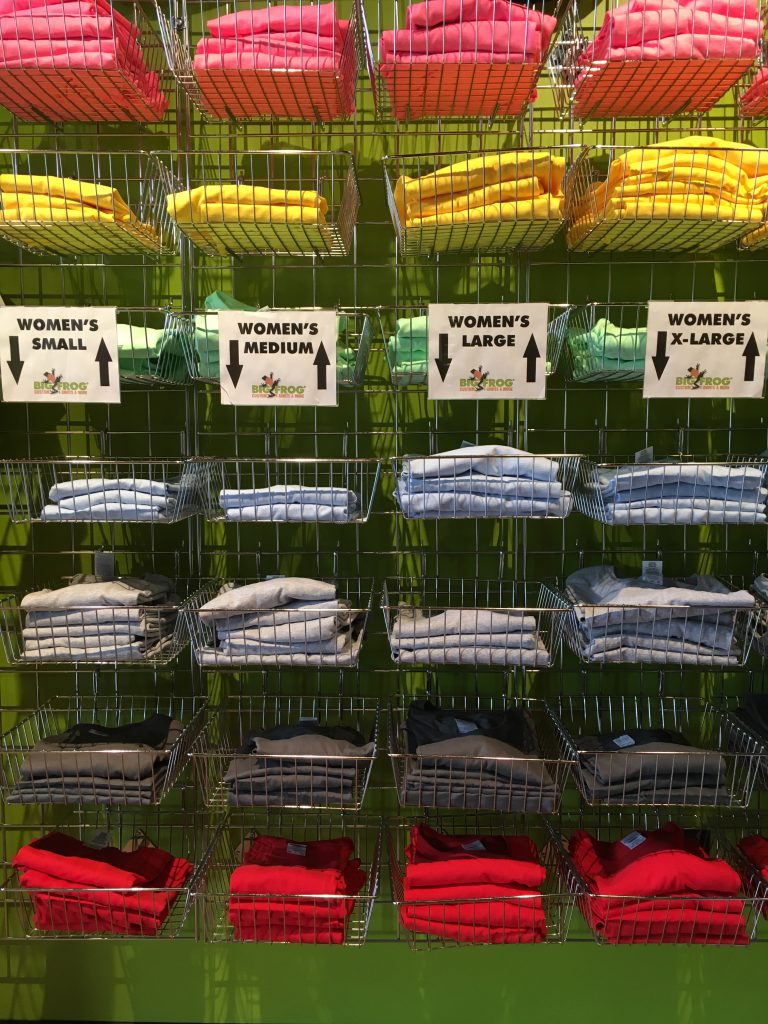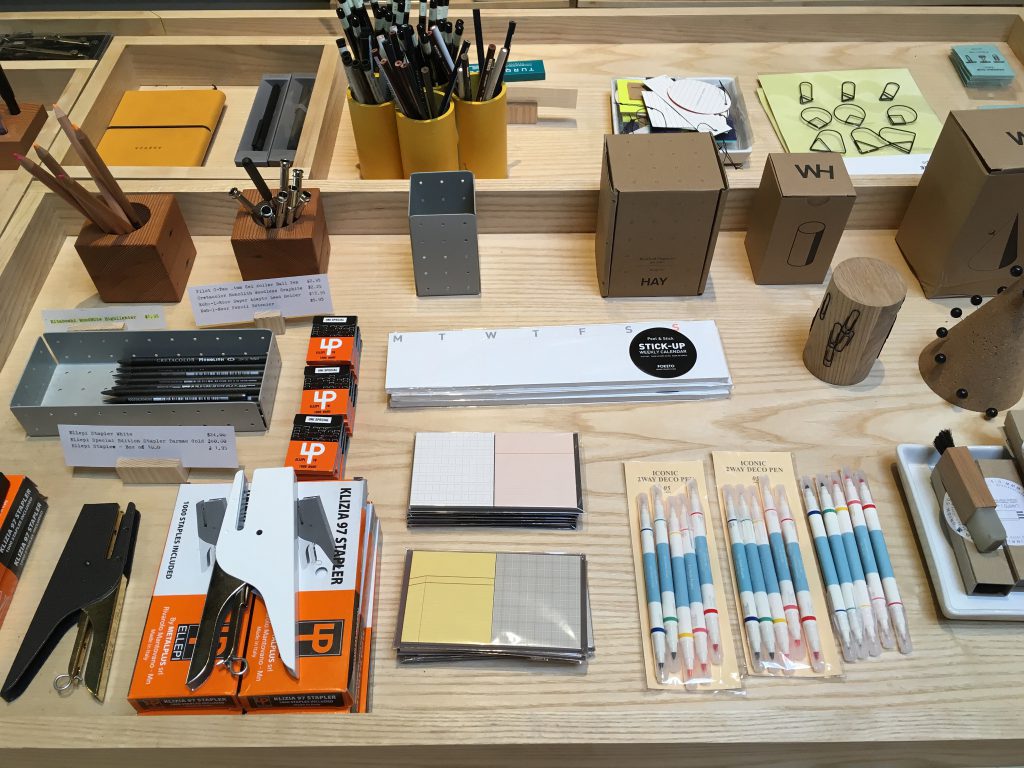The silver lining of life’s most uncomfortable moments is without a doubt the comedy. All but the most harrowing of today’s embarrassments and blunders eventually become tomorrow’s knee slappers—we laugh because we survived, and we survived because we learned something… albeit the hard way.
Job interviews are an excellent arena for this type of fodder. When someone’s very future is on the line, and they’re looking down the path of a possible future (“Could this be me?” “Am I home?” “Are you my mommy?”) weird things can happen. Sometimes these things are very, very bad in the moment, but we can all laugh about them now… and take furious notes to ensure we don’t make the same mistakes in our own interview.
On the flip side, it’s terrible practice to give a crappy performance as the interviewer, too—acting bored, insulting someone’s experience, getting their name wrong, making someone in an incredibly vulnerable position feel absolutely terrible… (or, in the case of the stories I heard, much, much worse). Unless you don’t care about attracting good employees and coworkers? Either way, you’ll get what you give.
In that spirit, I recently solicited stories about people’s worst interview experiences — from both sides of the table.
The Bad
- “The interviewer fell asleep during my interview. Right in the middle of my answer, his head just went down.”
- “I’ve had a few where candidates seem like they have a chip on their shoulder. I’ve called it out.”
- “I was like 30 minutes late! I couldn’t get service on my cell phone, so I started to panic. And I ended up being way too dressed up—I’m talking super corporate attire—because I’d always been told that it’s better to be overdressed than underdressed. I felt like it was the worst experience… but I got the job.”
- “I had a candidate show up with nothing—no purse, no pen, no paper, no resume… nothing. Another whose resume spelled “communication” three different ways—for a PR job—then kicked off the interview by talking shit about his current job. I interrupted him after two minutes to tell him he wasn’t getting the position but then I offered to give him some tips on what not to do.”
- “The following things happened: They took a polaroid of me, they played a video of Arnold Schwarzenegger giving a speech at a fat camp, and they made me fill out an “employee test,” which was about five pages of math story problems that had been printed on a ditto machine (purple ink!).”
- “Six months after giving birth, I was called in to interview at a high-profile ad agency. I was lumpy and tired and had lost my ability to think. I had cut my own bangs the night before—like Dumb & Dumber I wore so many Spanx I almost died taking them off. When I get there, I pull the front door and it somehow runs over my foot, which breaks the strap on my shoe. So I walk up the stairs kind of sliding so the shoe stays on. The woman comes out and she’s all cute and small and has her shit together. We go to this café, and she starts talking about wine and looking at the wine menu. I order wine. She doesn’t. She asked me to describe myself. I started saying stuff like ‘You go girl!’ I repeated myself and went into a dark place. Finally it ended.”
The Ugly
- “[The worst are] hostile non-verbals, like furrowed brows, head in hands, near-throwing of pens, and—my favorite—the dropping of glasses on the table then looking out the window.”
- “I had an interviewer on the phone ask if I was A) tall and B) blonde. Shockingly, I made it to the in-person interview, where he proceeded to walk me through the office—shadowed by an aghast HR rep—announcing all the derogatory nicknames he’d given his employees.”
- “I was once interviewed by a CEO who went off on a tangent about how, if he had to choose between meth and cocaine, he’d go for coke every time because it’s natural.”
- “One guy recently actually had cocaine on his face when he came in at 10 am to interview.”
- “I was in a group interview on Skype when, in the background of the person we were interviewing, a human crawled out of a refrigerator box in the corner. The box had been there the whole time, not moving, and he said nothing about it.”
Have an interview story of your own? Share it with us in the comments!
Marjorie is a former Creative Circle candidate based in Portland who recently accepted a full-time offer for her dream job. She is a writer/editor and stylist/producer with an emphasis in the design world. If you are interested in working with someone like Marjorie, please contact your nearest Creative Circle office.

